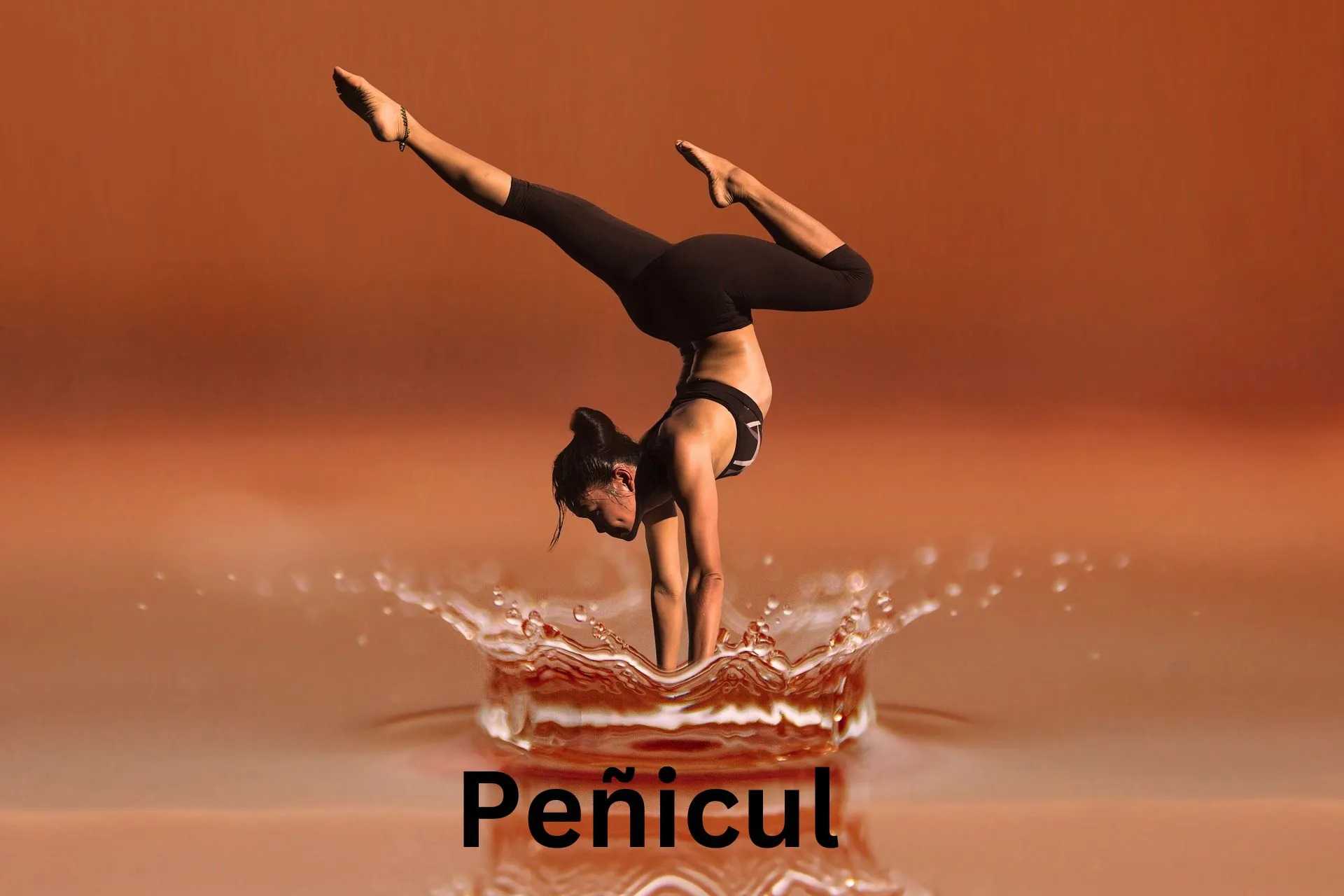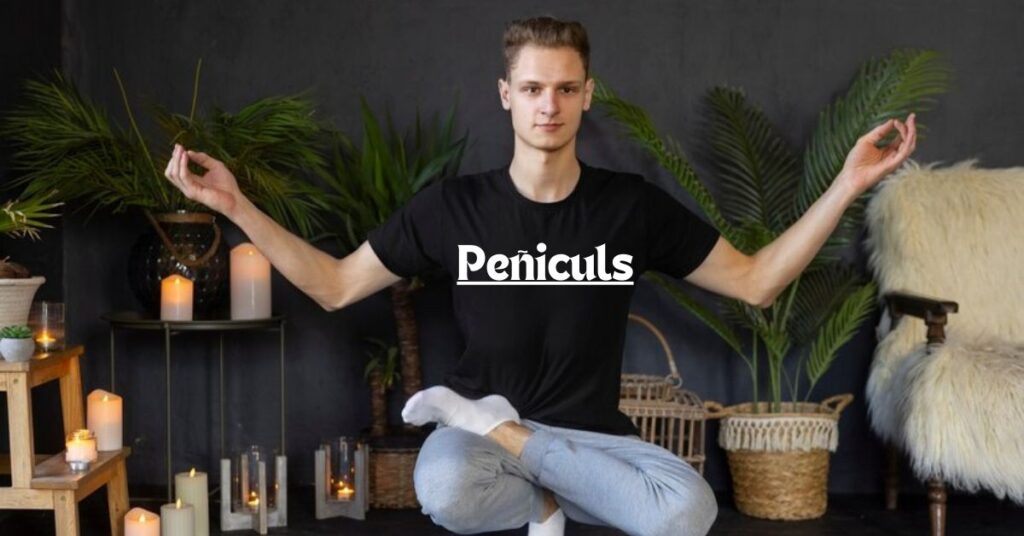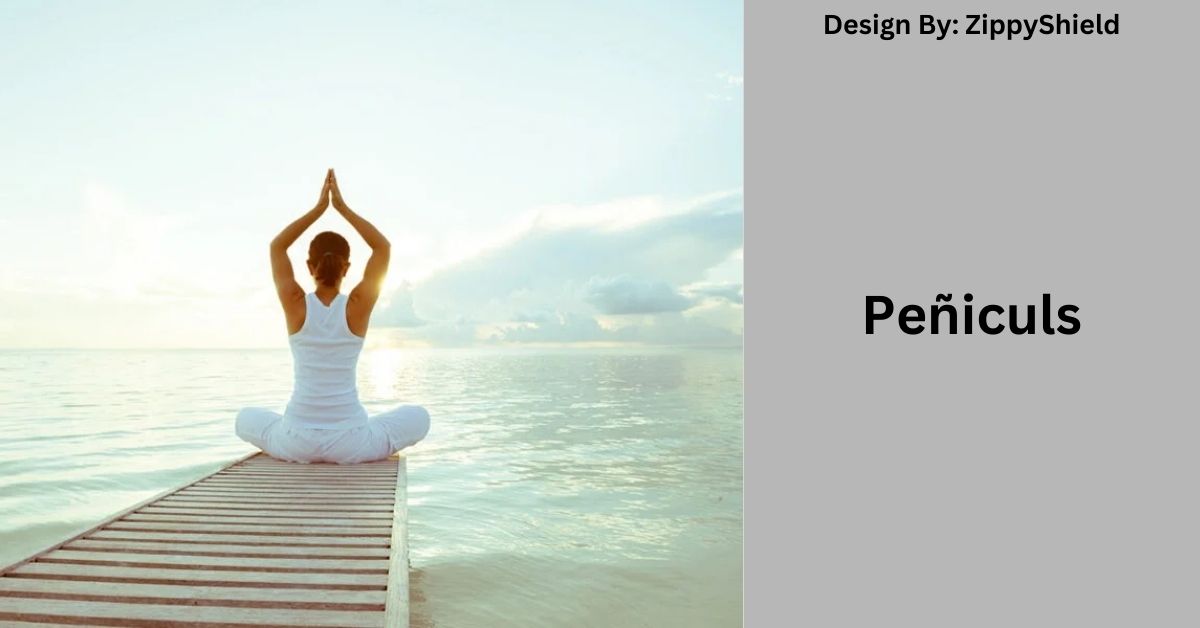What Are Peñiculs?
Peñiculs, also known as cultural artifacts, are intricate pieces of craftsmanship that hold significant cultural and historical value in various societies worldwide. These objects serve as tangible representations of cultural identity, spiritual beliefs, and artistic expression, embodying the rich heritage of civilizations across time.
Importance of Peñiculs

Peñiculs play a crucial role in preserving cultural heritage and traditions. They act as symbols of identity and continuity, connecting past generations with present-day communities. By safeguarding cultural practices and artistic techniques, Peñiculs ensure that traditions are passed down and celebrated, fostering a sense of pride and belonging among individuals and communities alike.
History of Peñiculs:
The history of Peñiculs spans centuries, evolving from simple forms to complex artworks that reflect the cultural and societal dynamics of their times. Originating from diverse cultural practices and geographical regions, these artifacts provide insights into the beliefs, rituals, and daily lives of past civilizations. Each Peñicul tells a unique story of craftsmanship and symbolism, offering a window into the artistic achievements and technological advancements of earlier eras.
Origins
Peñiculs have diverse origins rooted in the cultural practices of ancient civilizations. From the intricate designs of Mesopotamian seals to the elaborate textiles of Incan ceremonial garments, these artifacts reflect the ingenuity and creativity of human expression across different cultures and historical periods. The origins of Peñiculs are intertwined with the development of trade routes, religious practices, and social hierarchies, highlighting their multifaceted roles in shaping cultural landscapes.
Read: Buší – Try Buší In Your Recipes!
Evolution Over Time:
Over time, Peñiculs have evolved in design, materials, and uses, adapting to changing societal needs and aesthetic preferences. While traditional Peñiculs maintain their symbolic significance and craftsmanship techniques, modern interpretations incorporate contemporary styles and materials, blending cultural heritage with innovative approaches. This evolution not only reflects cultural continuity but also demonstrates the adaptability of Peñiculs in responding to globalized influences and technological advancements.
Types Of Peñiculs
- Traditional Peñiculs: These are cultural artifacts like ceremonial objects and everyday items, crafted using traditional methods passed down through generations. They feature intricate designs and materials that hold spiritual and ceremonial importance in many communities.
- Modern Peñiculs: These are contemporary versions that blend traditional craftsmanship with new designs and materials. They cater to various purposes, from decorative pieces to functional accessories, reflecting global trends and consumer preferences.
How Peñiculs Are Made?

Materials Used:
Peñiculs are crafted from a variety of materials, each chosen for its durability, symbolic meaning, and aesthetic qualities. Traditional materials such as wood, metal, clay, and natural fibers are often used to create authentic replicas of historical artifacts. In contrast, modern Peñiculs may incorporate synthetic materials, advanced composites, and digital technologies to enhance durability, accessibility, and artistic expression.
Manufacturing Process:
The manufacturing process of Peñiculs involves skilled craftsmanship, meticulous attention to detail, and adherence to cultural traditions. Artisans trained in specialized techniques use hand tools, machinery, and digital tools to shape, embellish, and finish each artifact according to prescribed methods. The process may include carving, casting, weaving, painting, and assembly, depending on the complexity and intended use of the Peñicul.
Cultural Significance Of Peñiculs
In Different Cultures:
Peñiculs hold profound cultural significance across diverse societies, serving as repositories of knowledge, beliefs, and social practices. In indigenous cultures, these artifacts are integral to spiritual ceremonies, rites of passage, and community rituals, symbolizing ancestral wisdom and cultural resilience. In urban settings, Peñiculs may signify status, identity, and cultural heritage, reinforcing connections to ancestral homelands and global diasporas.
Read: Ỏganic – A Closer Look at Healthier, Sustainable Choices!
Popular Uses Of Peñiculs
Peñiculs are versatile items with a wide range of applications in everyday life and special occasions. Their uses can vary greatly depending on their design and cultural context.
- Daily Life: In everyday life, Peñiculs serve practical purposes such as household decor, religious rituals, and personal adornment, enriching daily experiences with their aesthetic and cultural value.
- Special Occasions: During special occasions like weddings, festivals, and ceremonies, Peñiculs play ceremonial roles, symbolizing blessings, unity, and the continuity of traditions.
Peñiculs in Fashion:
- Peñiculs as Accessories: In fashion, Peñiculs are coveted accessories that add a touch of cultural elegance and individuality to outfits, reflecting personal style choices and appreciation for heritage.
- Trends and Styles: They influence fashion trends with their timeless appeal, inspiring modern designers to incorporate traditional elements into contemporary clothing and accessories.
Peñiculs in Entertainment:
- In Movies and TV Shows: Peñiculs often feature in movies and TV shows, where they symbolize cultural authenticity, historical settings, and character identities, enhancing storytelling with their visual and symbolic impact.
- In Literature and Art: In literature and art, Peñiculs inspire creativity and narrative depth, serving as motifs that convey cultural narratives, societal norms, and historical contexts in artistic expressions.
Collecting Peñiculs

Why People Collect Them?
Collectors are drawn to Peñiculs for their historical significance, aesthetic appeal, and cultural authenticity. Collecting Peñiculs allows individuals to preserve cultural heritage, support artisan communities, and cultivate personal connections to global cultures. As tangible expressions of human creativity and cultural diversity, Peñiculs enrich collectors’ lives with their beauty, symbolism, and storytelling power.
Tips for Starting Your Collection:
Beginners interested in collecting Peñiculs can start by researching cultural traditions, exploring museum exhibitions, and connecting with reputable collectors and artisans. Understanding the craftsmanship techniques, historical contexts, and symbolic meanings of Peñiculs enhances the collecting experience and fosters appreciation for cultural diversity and artistic expression.
Care And Maintenance Of Peñiculs
Cleaning Tips:
Proper care and maintenance of Peñiculs involve gentle cleaning methods tailored to their materials and craftsmanship techniques. Artisans and collectors use specialized tools, cleaning solutions, and preservation techniques to ensure Peñiculs remain in pristine condition over time. Regular inspection, storage practices, and environmental conditions contribute to the longevity and aesthetic integrity of these cultural artifacts.
FAQ’s:
1. What are Peñiculs?
Peñiculs, also known as cultural artifacts, are intricate pieces of craftsmanship that hold significant cultural and historical value in various societies worldwide. They embody cultural identity, spiritual beliefs, and artistic expression through tangible forms.
2. Why are Peñiculs important?
Peñiculs play a crucial role in preserving cultural heritage and traditions by acting as symbols of identity and continuity. They connect past generations with present communities, fostering pride and belonging.
3. How have Peñiculs evolved over time?
Peñiculs have evolved in design, materials, and uses, adapting to changing societal needs and preferences. While traditional ones maintain their symbolic significance, modern Peñiculs blend heritage with contemporary styles and materials.
4. How are Peñiculs made?
Peñiculs are crafted from materials like wood, metal, clay, and natural fibers using specialized techniques passed down through generations. Modern versions may incorporate synthetic materials and digital technologies for enhanced durability and artistic expression.
5. What are the popular uses of Peñiculs?
Peñiculs serve various purposes in daily life, religious rituals, and special occasions such as weddings and festivals. They also influence fashion trends and appear in entertainment media, symbolizing cultural authenticity and historical contexts.
Conclusion:
Peñiculs are cultural treasures, symbolizing creativity and resilience. They connect people globally through shared history and beauty. Exploring Peñiculs reveals stories of craftsmanship and cultural identity, inspiring empathy and appreciation for our diverse world.
Read More:



